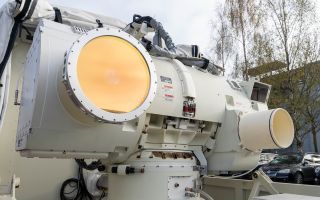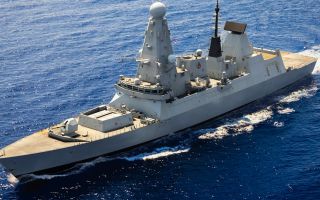
Ex Neptune Strike: Nato projects power in the Med as Russia's attention shifts north

After the announcement that HMS Prince of Wales and its strike group had reached full operating capability under Nato command, she joined her Italian counterparts in a multi-domain exercise to strengthen deterrence and freedom of navigation in one of the world's most contested domains.
Exercise Neptune Strike, currently underway in the Mediterranean Sea, combines the maritime strike capabilities of the UK flagship and her Italian equivalent, ITS Cavour.
The pair have been working with allied air and naval assets from other Nato allies, in activities stretching as far north as the Baltic Sea region, to the Black Sea, and along Nato's southeastern flank.
Led by Naval Striking and Support Forces Nato, the exercise focuses on defending critical waterways, such as the Mediterranean, which connects Europe with Africa and the Middle East and, according to the United Nations, carries approximately 30% of the world's oil traffic.
While Nato command has been tracking a decrease in Russia's naval presence in this region as Moscow turns its attention to the Baltic Sea and the High North, it does not signify an end to its naval power in the Mediterranean.
The exercise has featured carrier-based aviation sorties, anti-submarine and defence warfare drills, as well as a range of surface warfare missions.
Forces from 10 allied nations took part, with UK and Italian fifth-generation F-35Bs operating alongside B-52 Stratofortresses from the US bomber task force, Nato RQ-4D unmanned aircraft, and other advanced alliance assets.
Unique to this year's Ex Neptune Strike – the fourth iteration under the wider Project Neptune – was the involvement of unmanned aerial vehicles from Nato's Intelligence, Surveillance and Reconnaissance Force (NISRF) based at Sigonella in Italy.
The NISRF enables the alliance to closely collaborate in collecting, analysing and sharing intelligence data across all domains, including space.
Providing radar reconnaissance and surveillance that is autonomous regardless of weather and time of day gives Nato allies a unique capability.
Ultimately, the Neptune Strike series is designed to demonstrate Nato's ability to secure strategic maritime chokepoints while testing its interoperability across air, land and sea.









